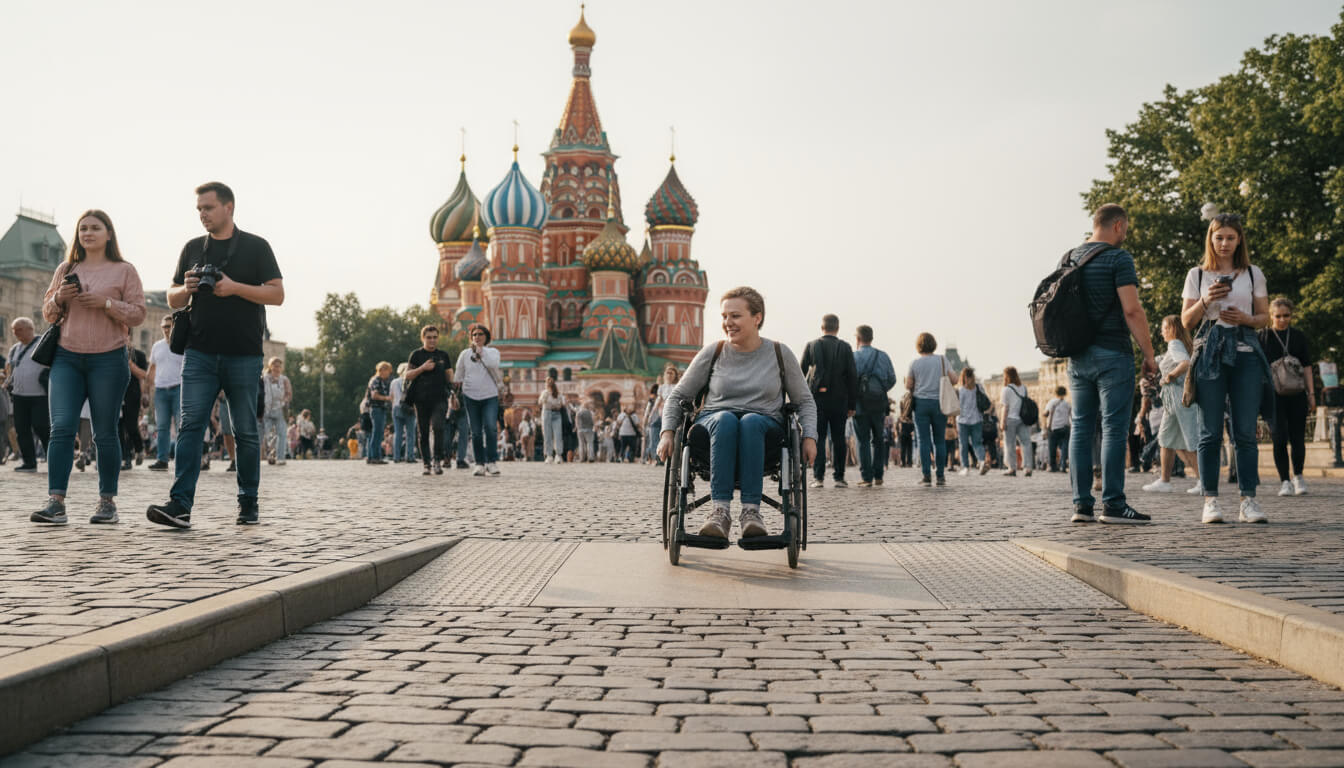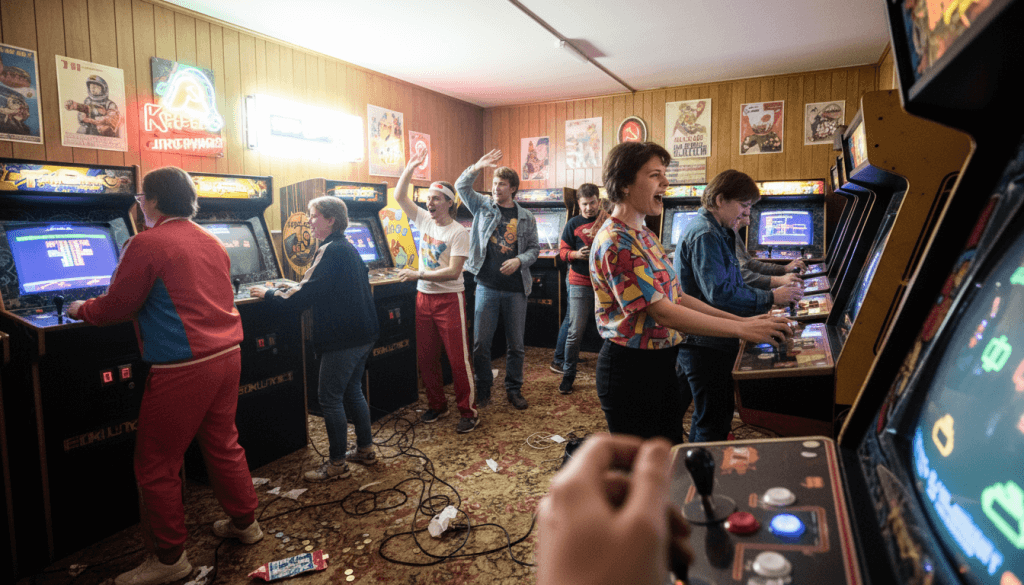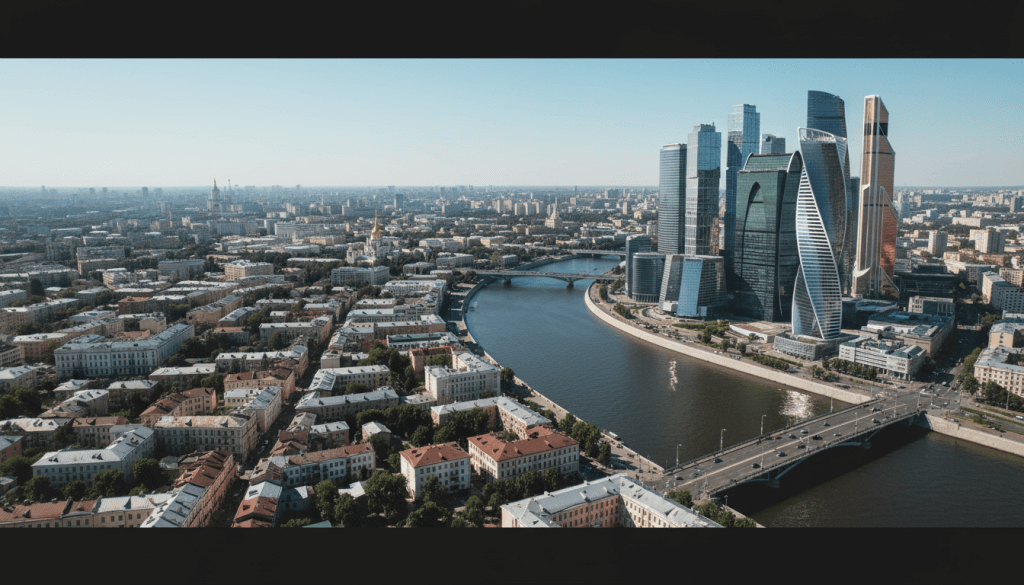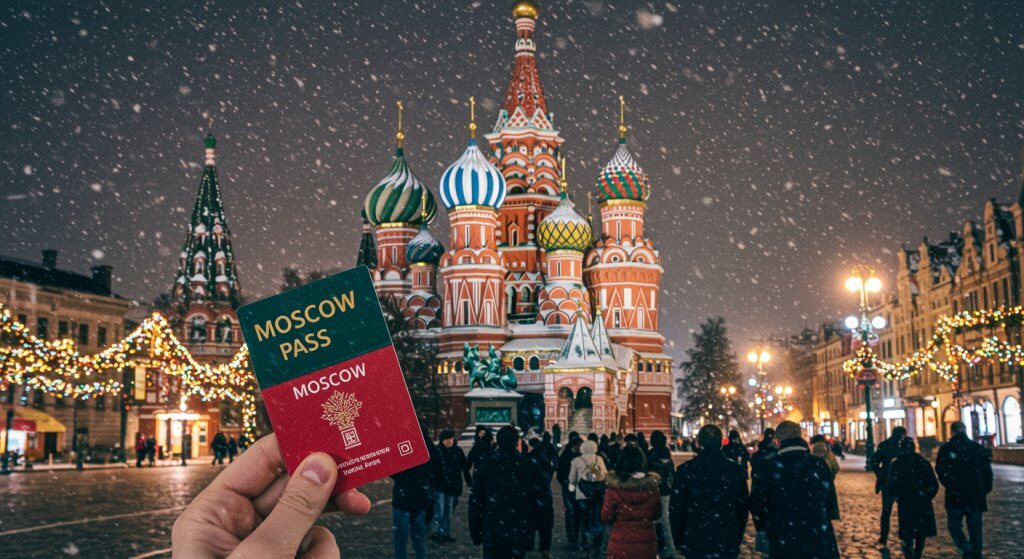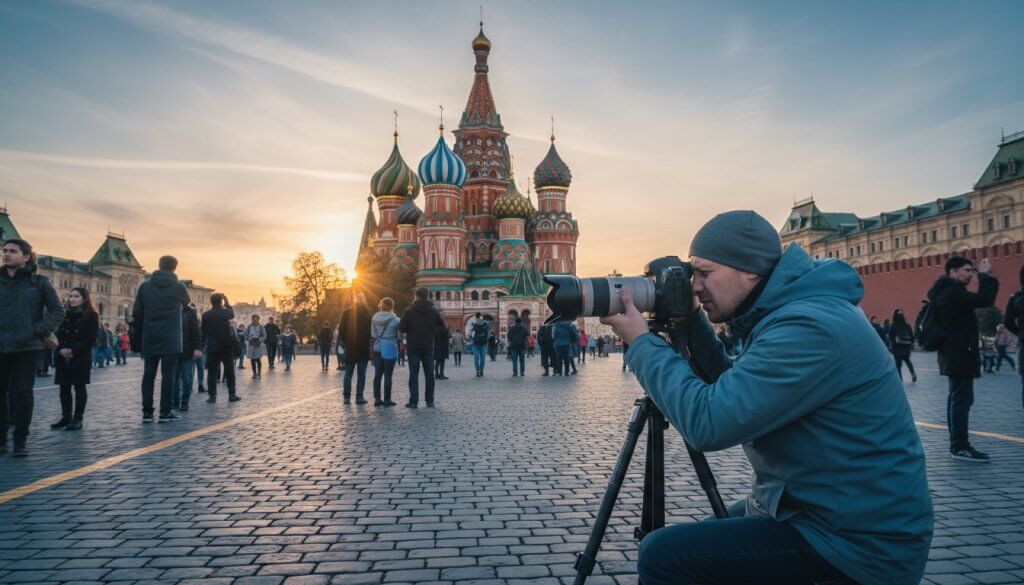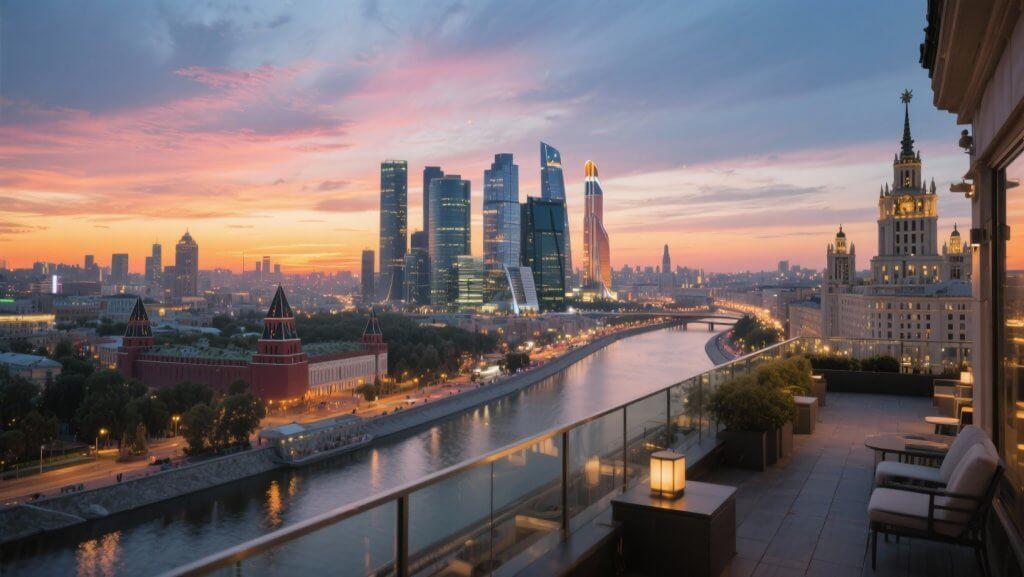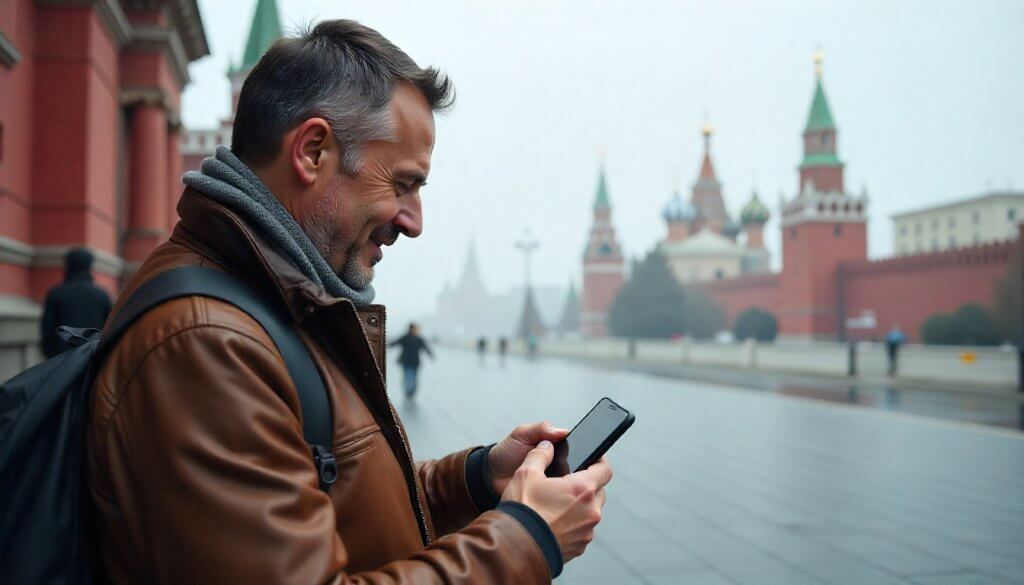Moscow, the vibrant capital of Russia, is a city undergoing a remarkable transformation, particularly in its commitment to becoming a truly inclusive and barrier-free destination. While historical preservation sometimes presents challenges, recent urban planning initiatives, especially those related to public infrastructure and major tourist sites, have significantly improved accessibility (based on search results). For Accessible Moscow Traveling Tips for Visitors with Disabilities, the narrative is one of increasing convenience, provided travelers undertake careful preparation and understand the logistical nuances of navigating a city of this scale.
The city’s official push for a barrier-free environment, detailed on official city portals (based on search results), is evident in new construction and renovations. Ramps and elevators are being integrated into underground passages, curbs are being leveled at pedestrian crossings, and public transportation hubs are being redesigned with disabled passengers in mind. This commitment opens up the city’s profound history, culture, and iconic sights—from Red Square to the Moskva River—to a global audience of travelers with diverse needs.
Navigating Moscow’s Transportation System
The Moscow Metro, famous for its opulent stations often described as “underground palaces,” has traditionally been challenging for visitors with mobility issues. However, significant changes are making it more navigable. All new Metro, Moscow Central Circle (MCC), and Moscow Central Diameter (MCD) stations are designed to be accessible, featuring ramps, elevators, and specialized lifts (based on search results).
For older stations, the situation can be mixed, but the city offers excellent dedicated services. The Passenger Mobility Center (PMC) staff provides free accompaniment for disabled passengers, assisting with navigating complex station layouts and using specialized equipment. Travelers are strongly advised to contact the PMC in advance to arrange for assistance, ensuring a seamless journey through the Metro system.
Above ground, the public transport system is increasingly accommodating. Modern buses, electric buses, and trams are equipped with low floors, folding ramps, and designated wheelchair areas (based on search results). This makes surface travel, which is often less daunting than the deep Metro, a highly viable option. Furthermore, specialized wheelchair taxis with lifts or ramps are available for private hire, offering a reliable, although often more expensive, door-to-door service (based on search results). It is crucial to book these specialized vehicles through reputable services well in advance.
Essential Tips for Pedestrian Mobility
The “roll-ability” of Moscow’s streets and sidewalks is variable, but improving steadily. In central, highly renovated areas, sidewalks are often smooth and well-maintained. However, older districts or less-trafficked side streets may still present challenges with uneven surfaces, temporary construction, or steep gradients (based on search results).
To manage this, the most important advice for Accessible Moscow Traveling Tips for Visitors with Disabilities is to plan routes using online mapping services that offer street view features or rely on specialized accessible travel guides (based on search results). Look for routes that stick to main avenues and recently renovated pedestrian zones. Curbs near zebra crossings are increasingly being flattened or fitted with gentle ramps, minimizing obstacles.
For those using a wheelchair or scooter, carrying a basic repair kit—like tire patch kits—is a wise precaution, as specialized repair services might be harder to find spontaneously (based on search results). Also, ensure that all battery-powered equipment is compatible with the Russian voltage and electrical plugs, and bring the necessary adapters and converters.
Accessible Accommodation and Attractions
Finding truly accessible lodging has become easier in Moscow. Many newer hotels are built to international standards, offering rooms with features like roll-in showers and grab bars. When booking, never rely on a simple “accessible” label; always call the hotel directly and confirm the precise measurements and features of the room and bathroom. Websites dedicated to wheelchair-accessible travel often list and review reliable hotels (based on search results).
When visiting Moscow’s world-famous attractions, preparation is key:
- The Kremlin and Red Square: Much of this area is flat and highly accessible. St. Basil’s Cathedral, while historically challenging, often offers alternative access methods. Always ask about freight elevators or special routes for access to upper levels in older buildings (based on search results).
- Museums and Galleries: New and renovated cultural institutions generally comply with accessibility standards, including the use of elevators, contrasting signs, and Braille prompts (based on search results). The push for accessibility extends to ensuring that all exhibits can be experienced fully.
- Moscow River Cruises: Some tour operators offer wheelchair-accessible river cruises, providing an excellent way to see the city’s skyline and landmarks from the water (based on search results). These typically feature spacious decks and accessible restrooms.
Beyond Mobility: Sensory and Cognitive Accessibility
The push for a barrier-free city extends beyond physical mobility. For visitors who are visually impaired or blind, tactile tiles and Braille prompts are being incorporated into public spaces and transportation hubs. Visually impaired individuals should look for the specialized services offered by the PMC, which can include tactile maps and auditory guidance systems.
For those with hearing impairments, public spaces like ticket offices and waiting rooms in transit hubs are being fitted with induction loops to transmit the clerk’s voice directly to a hearing aid (based on search results). In healthcare institutions, new standards mandate the inclusion of voice announcements and Braille buttons in elevators, demonstrating a holistic view of accessibility (based on search results).
A Supportive Local Environment
Moscow’s journey to becoming an accessible city is supported by local laws and a growing awareness among the populace. While travelers may occasionally encounter staring or curiosity—as mentioned in general disabled traveler tips (based on search results)—they should generally expect a helpful and accommodating response. It is always useful to learn a few key Russian phrases for requesting assistance, as this can bridge any communication barriers.
Furthermore, seeking out and engaging with local disability groups or organizations (like Liberty Ltd., which specializes in accessible travel in Russia, as per search results) can provide the most current and practical advice. These local experts have the best on-the-ground information about which museums have the best access, which parks have specialized playground elements, and how to claim full access rights when necessary. Moscow is actively building an inclusive travel environment, and with these Accessible Moscow Traveling Tips for Visitors with Disabilities, the city’s grandeur is increasingly within reach for all. A positive attitude and diligent planning will turn a visit to Moscow into an unforgettable experience.

